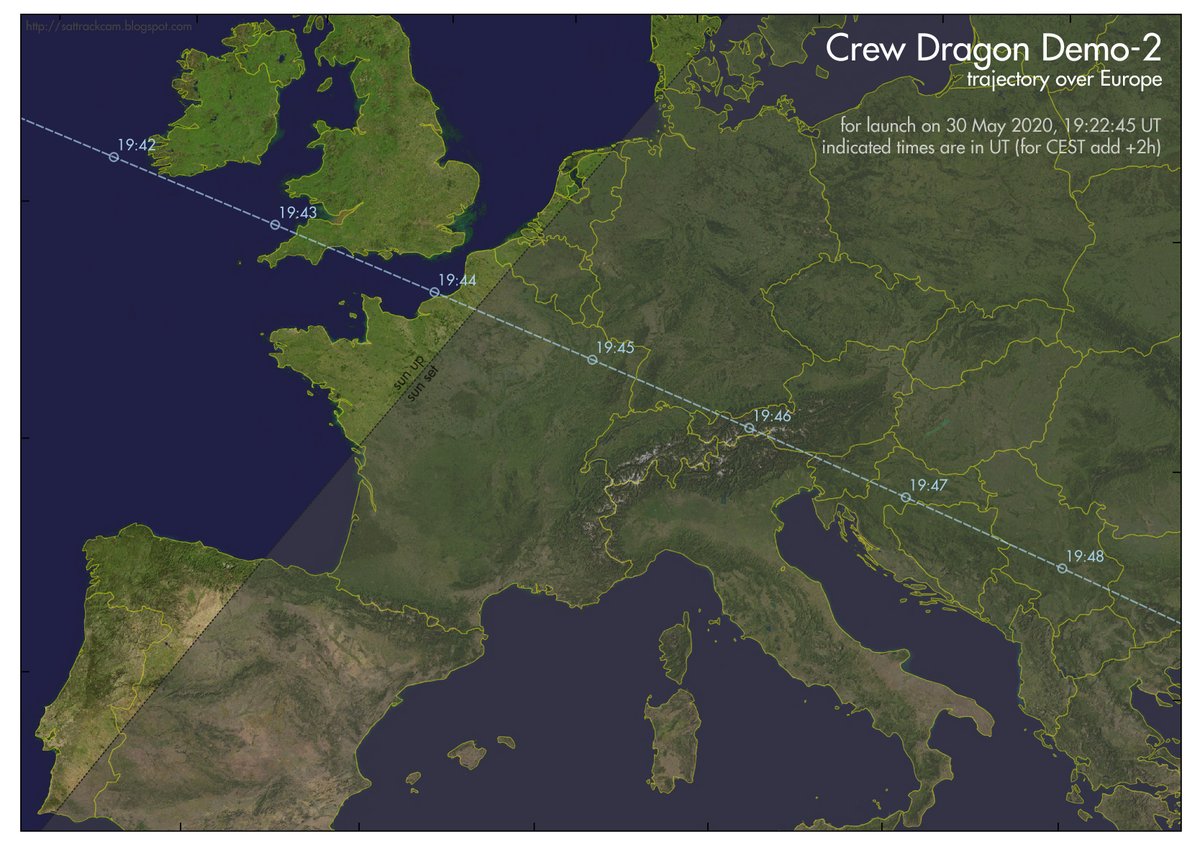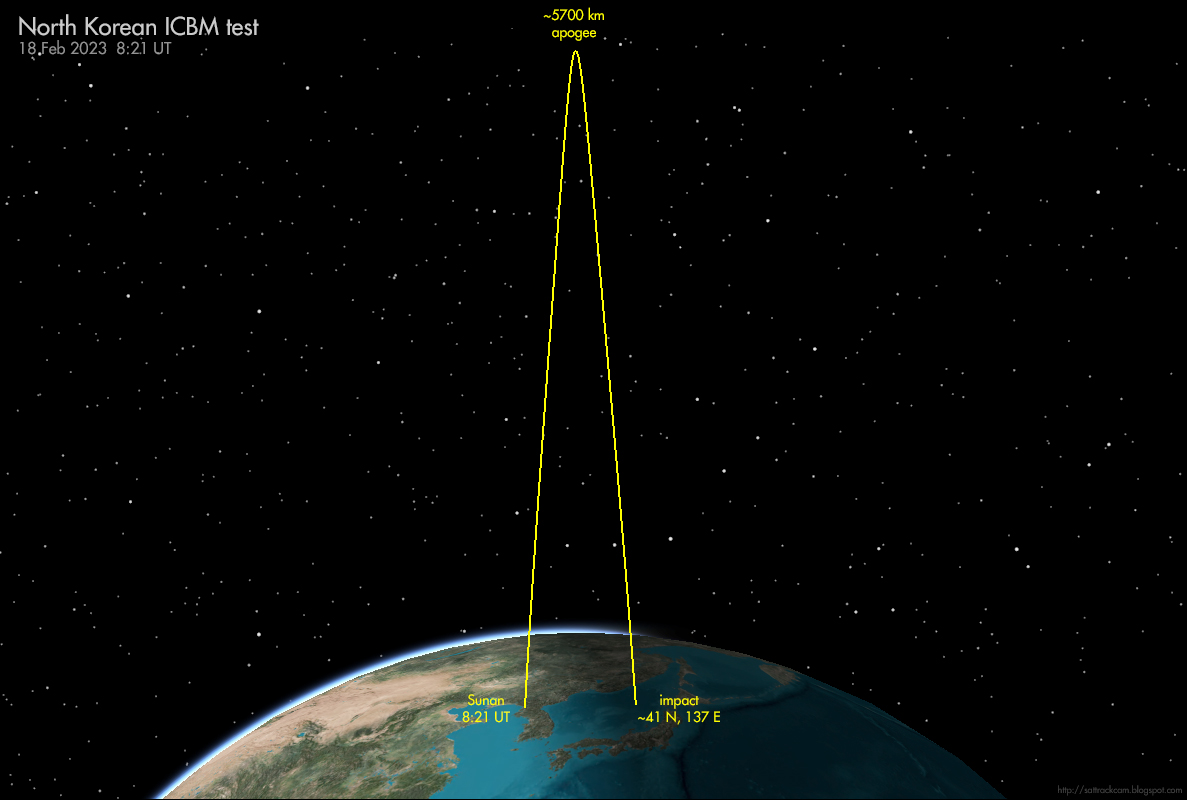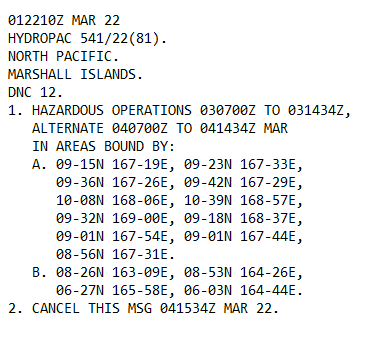1/6
Vanavond 30 mei om 21:22 NL tijd in Florida een nieuwe poging om de @SpaceX #CrewDragon met astronauten Hurley en Behnken naar het #ISS te lanceren. Als het doorgaat tenminste, want de weersvooruitzichten zijn wederom niet heel positief: patrick.af.mil/About-Us/Weath…

Vanavond 30 mei om 21:22 NL tijd in Florida een nieuwe poging om de @SpaceX #CrewDragon met astronauten Hurley en Behnken naar het #ISS te lanceren. Als het doorgaat tenminste, want de weersvooruitzichten zijn wederom niet heel positief: patrick.af.mil/About-Us/Weath…


2/6
Zoals ik op dit kaartje heb aangegeven, komt de #CrewDragon ongeveer 23 minuten na de lancering over Europa.
MAAR: in het westen van NL is de zon dan nog OP, en in het oosten nog maar nauwelijks onder! (zoals in het kaartje zichtbaar). Die passage gaan we dus niet zien.....
Zoals ik op dit kaartje heb aangegeven, komt de #CrewDragon ongeveer 23 minuten na de lancering over Europa.
MAAR: in het westen van NL is de zon dan nog OP, en in het oosten nog maar nauwelijks onder! (zoals in het kaartje zichtbaar). Die passage gaan we dus niet zien.....

3/6
Echter, zo'n anderhalf uur later, rond 23:18 NL tijd en inmiddels voldoende donker, is de #CrewDragon *theoretisch* wel te zien, op zijn tweede passage.
Dit is echter wel zéér laag aan de zuidwestelijke horizon, dus een lastige!
NB: *tijdsonzekerheid is enkele minuten!*



Echter, zo'n anderhalf uur later, rond 23:18 NL tijd en inmiddels voldoende donker, is de #CrewDragon *theoretisch* wel te zien, op zijn tweede passage.
Dit is echter wel zéér laag aan de zuidwestelijke horizon, dus een lastige!
NB: *tijdsonzekerheid is enkele minuten!*




4/6
Voor deze tweede passage: zoek een plek met vrij zicht op de zuidwestelijke horizon (polder, strand), en gebruik een verrekijker. Enkele minuten eerder kun je, net iets hoger aan de hemel, overigens het ISS zien overkomen.
Voor deze tweede passage: zoek een plek met vrij zicht op de zuidwestelijke horizon (polder, strand), en gebruik een verrekijker. Enkele minuten eerder kun je, net iets hoger aan de hemel, overigens het ISS zien overkomen.
5/6
Voor NL is de maximale hoogte minder minder dan 10 graden. Dat is een handbreedte boven de horizon.
Hou ook rekening met een onzekerheid in het tijdstip van overkomst van de #CrewDragon vanwege eventuele baancorrecties
Voor NL is de maximale hoogte minder minder dan 10 graden. Dat is een handbreedte boven de horizon.
Hou ook rekening met een onzekerheid in het tijdstip van overkomst van de #CrewDragon vanwege eventuele baancorrecties
6/6
NB: de Heavens-Above.com website geeft voorspellingen voor zelf in te voeren locaties, maar voor de 2e passage van 23:18 NL tijd gebruikt ze de baan voor de eerste omloop. Er zit daarom op de 2e passage een verschil van ongeveer een minuut met mijn voorspellingen.
NB: de Heavens-Above.com website geeft voorspellingen voor zelf in te voeren locaties, maar voor de 2e passage van 23:18 NL tijd gebruikt ze de baan voor de eerste omloop. Er zit daarom op de 2e passage een verschil van ongeveer een minuut met mijn voorspellingen.
• • •
Missing some Tweet in this thread? You can try to
force a refresh













